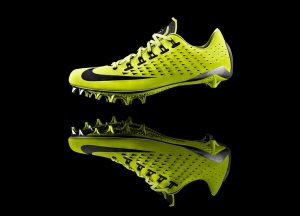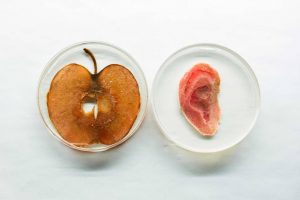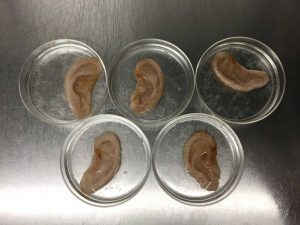Alan Amling
This week was filled with great guest lecturers. We got to hear from Alan Amling on UPS’s business model with 3D printing. UPS has included additive micro manufacturing which is essentially taking 3D printing factories and integrating them into their model. UPS currently has 23 makerbots for prototypes and models which are typically used by small businesses. They have done this to stay at the forefront of this disruptive technology and to fit demand manufacturing since people will soon be shipping and storing less, some of UPS’s main services.
Alan discussed two interesting usages for 3D printing. He mentioned how smaller factories are building parts , prototypes, and mass personalized goods. An example would be printing customized tools to prevent slippage and injury at the work place. Another example Alan used was Nike’s matrix structure sole being 3D printed for an exact fit. Later this year, they are going to use a scan for your foot ( measure weight, etc) and create a customized shoe.

Dot Silverman
Our next guest lecturer was Dot Silverman, who introduced me to the topic of biohacking. The use of biohacking materials to create 3D structures, and using special bioinks made up of living cells to print messages and patterns. A product of biohacking may be seen below:

Fascinated by the human ear prototype, I looked into other Apple ears and found Pelling Lab’s creating them with existing 3D structure as a scaffold for cells. Andrew Pelling describes the process: “You slice an apple, wash it in soap and water, then sterilize it. What’s left is a fine mesh of cellulose into which you can inject human cells — and they grow.”


Cristal,
I really enjoyed reading about your project ideas! It’s amazing to see that your group is looking to tackle such a challenging issue. The idea of incorporating 3D printing into urban farming is quite interesting. Having a smart window capable of .the sensory functions you described seems like it will be applicable in many different areas. I’m excited to continue following your project idea and see what your team comes up with!
Hi Cristal,
Thanks for sharing your thoughts about this past week! I was really interested in the Nike application of 3D printing as well– I also appreciated your summary of what you learned from the biohacking presentation. It’s crazy to think that one can actually replicate a human ear from an apple! Your project idea sounds very interesting–urban farming is a rapidly growing trend, so I’m sure there would be plenty of demand for your solution. I look forward to hearing more about it!
Nice post Cristal. You provided a great summary of Alan’s presentation. 3D printing could evaporate some of UPS’s business by disrupting the supply chain. It is interesting to see a company as large and well equipped as UPS respond to these threats. I believe adding 3D printing to UPS warehouse infrastructure and transportation network will give them short-term competitive advantage.